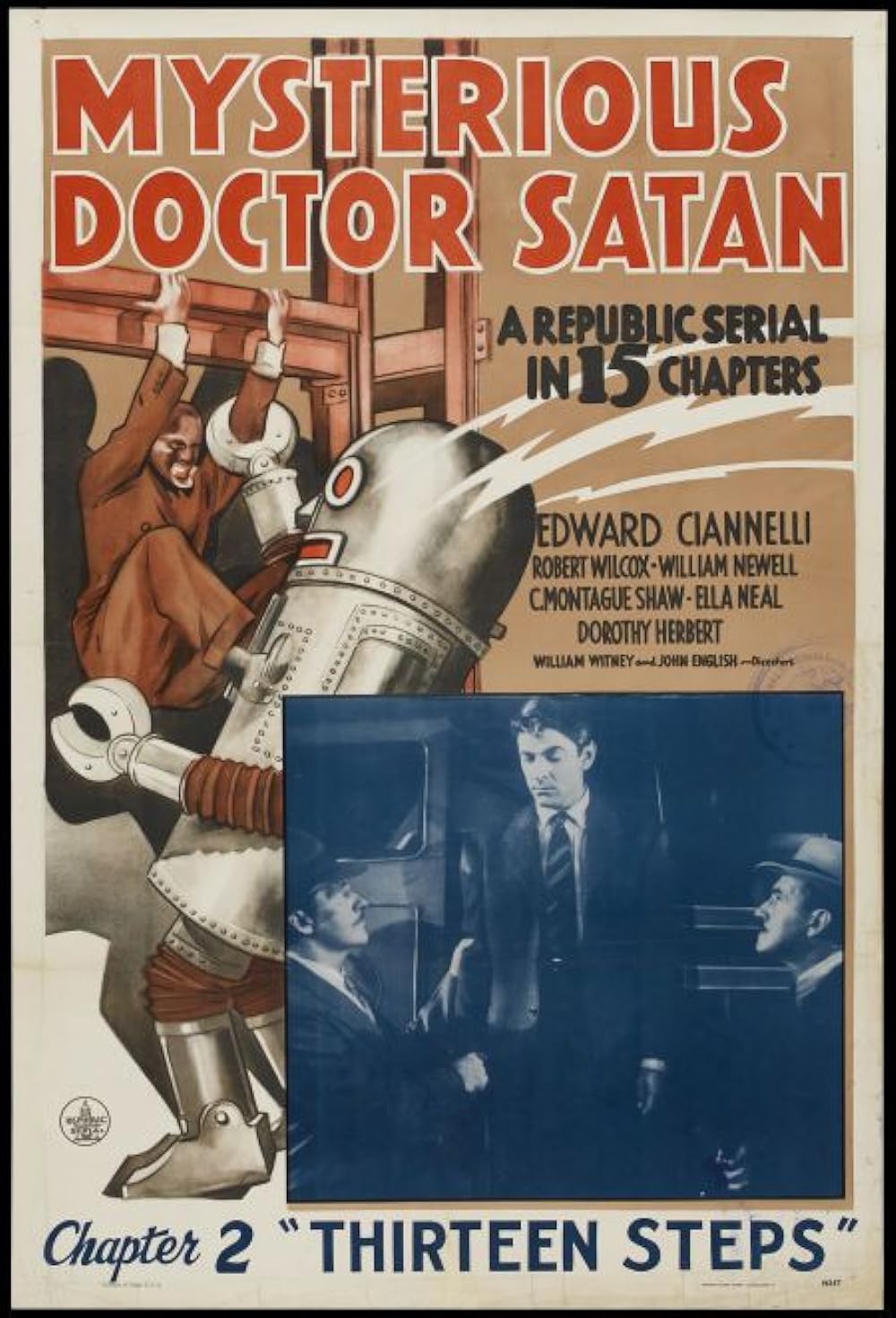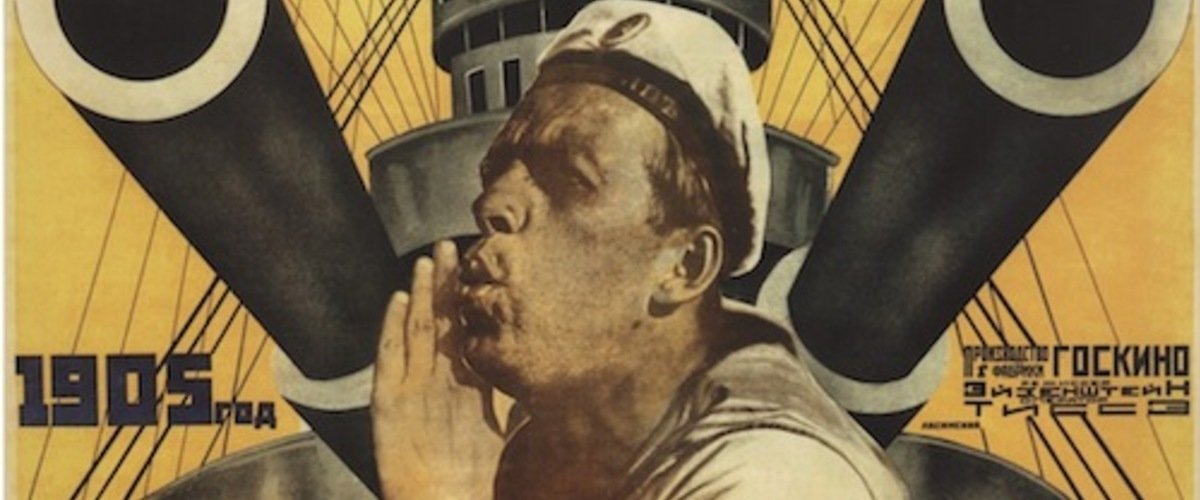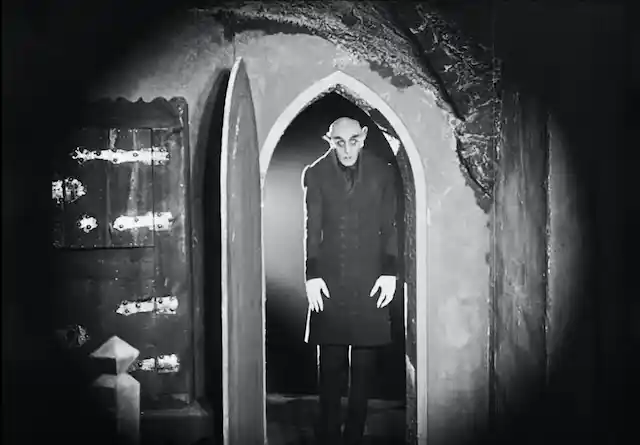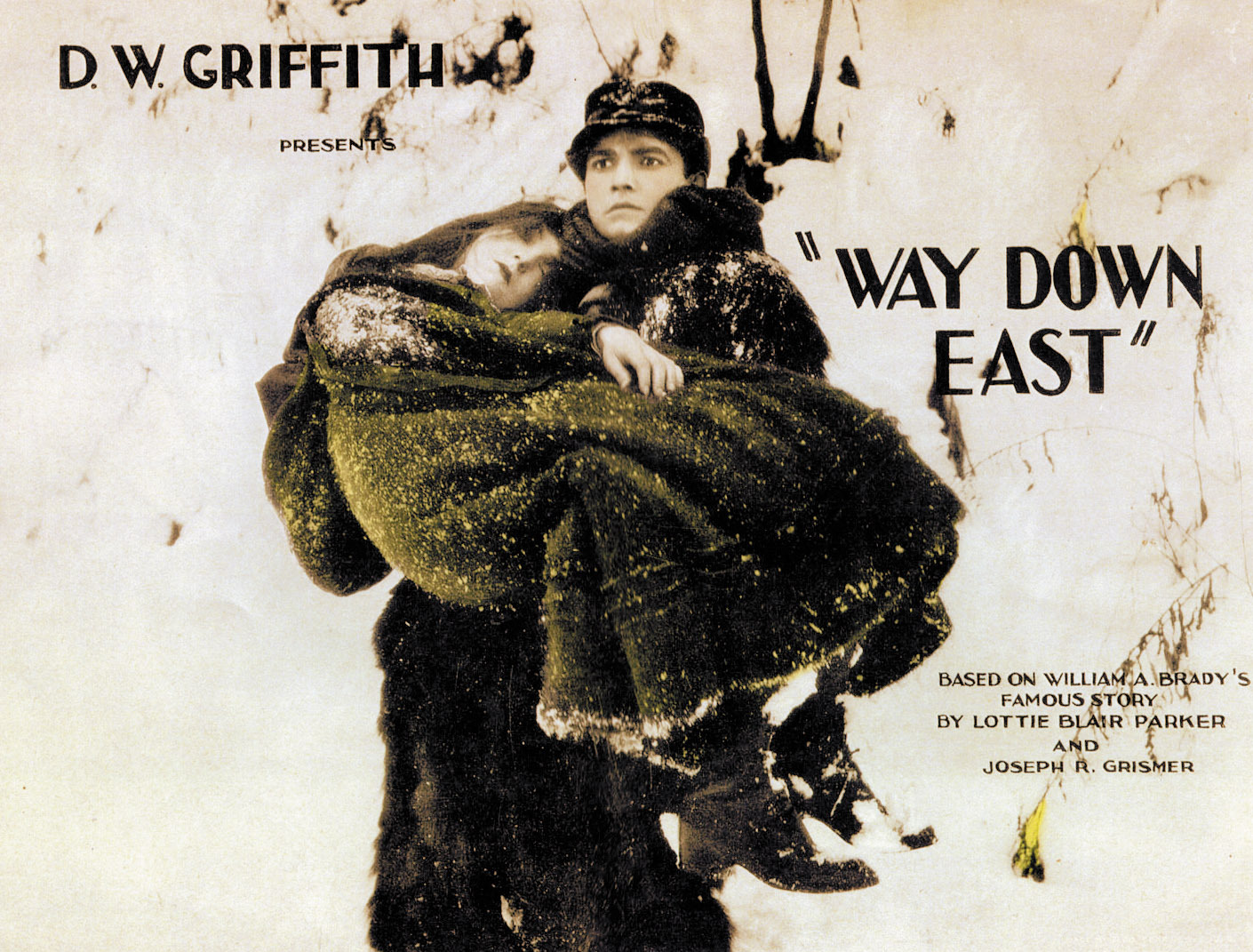“Way Down East,” directed by D.W. Griffith and released in 1920, is a silent film adaptation of Lottie Blair Parker’s play. It explores themes of morality, social justice, and personal redemption through Anna Moore’s story of societal scorn, tragedy, and eventual love. Griffith’s innovative narrative techniques and technical achievements, like the iconic ice floe sequence, make it a landmark in early American cinema. Despite facing criticisms for its melodramatic elements and portrayal of gender roles, the film’s compelling performances and emotional depth underscore its lasting impact.
Tag: film

Mysterious Doctor Satan
Last week, we ventured into the golden age of black and white movies with a deep dive into “The Adventures of Captain Marvel,” a hallmark classic movie that set the benchmark for superhero serials. With its rich storytelling and pioneering special effects, this old movie captivated audiences and paved the…

Battleship Potemkin
The 1925 Soviet film “Battleship Potemkin” by director Sergei Eisenstein is widely regarded as one of the most influential and innovative films in cinema history. Set during the 1905 Russian Revolution, it depicts the mutiny aboard the Battleship Potemkin and the ensuing support and brutality from the public and authorities…

Nosferatu (1922)
Nosferatu: A Review of the Classic Horror Film Nosferatu is a 1922 silent film directed by F. W. Murnau and loosely based on Bram Stoker’s novel Dracula. It is widely regarded as one of the most influential and groundbreaking horror films of all time, as well as a masterpiece of…

